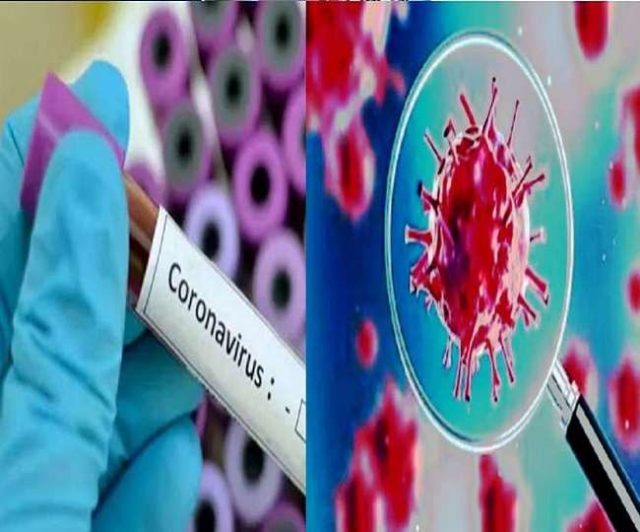The Abbott coronavirus test hailed by President Donald Trump and used by the White House failed to detect infected samples in a large number of cases that were caught by a rival firm, a preliminary study says.
The speedy Abbott test, which says it can determine in as little as five minutes whether a person has the virus, missed a third of positive samples found by the diagnostic company Cepheid when using nasopharyngeal swabs and more than 48 percent when using dry nasal swabs, said the study done by a group from New York University. The former penetrates deeply into the nasal passages, while the latter is less invasive.
The study, while preliminary and not yet peer-reviewed, raised questions about a test that has been praised by Trump, who displayed it at a Rose Garden news conference on April 2 and said it created “a whole new ballgame.” As the pandemic was creating a sense of urgency about testing, the Abbott test triggered a scramble among governors and other state officials because bottlenecks were causing waits of as long as a week or more for test results.
Abbott denied Wednesday that there were major flaws in its test. “It’s unclear if the samples were tested correctly in this study. Abbott has distributed about 1.8 million ID NOW tests and the reported rate of false negatives to Abbott is at 0.02 percent,” Abbott spokesman John Koval said. “This rate has been previously shared with the FDA. In communications with the users of the test, it is performing as expected.”
The White House was shaken last week when two staffers tested positive for the virus. Four officials who have been tested said the White House was using only the Abbott model.
Abbott’s customers also include small physician groups and big retailers such as CVS, which is deploying the ID NOW test at its five large-scale drive-through testing sites stationed in large public parking lots, including the Georgia Institute of Technology lot in Atlanta and the Twin River Casino lot in Lincoln, Rhode Island.
The NYU group initiated its study because it was searching for a diagnostic tool that would be faster than what it currently has. The NYU laboratory uses two platforms – the Roche Cobas SARS-CoV2 and the Cepheid Xpert Xpress SARS-CoV-2. The run times for each test are 3.5 hours and 45 minutes, respectively.
The Abbott ID NOW test was a logical alternative. It processes results through a device roughly the size of a toaster in as little as five minutes and as many as 13 minutes. Other companies rely on devices roughly the size of a laundry machine; the samples take longer to analyze, though the devices can process larger numbers of samples at a time.
Even before the NYU study, there have been concerns that the Abbott test may miss more cases than traditional laboratory tests.
Before a Senate committee last week, National Institutes of Health director Francis Collins testified that the rapid Abbott test had a 15 percent false negative rate, an apparent reference to unpublished data from Cleveland Clinic.
“If you’re in a circumstance where you really don’t want to miss a diagnosis of somebody who’s already carrying the virus, you’d like to have something that has a higher sensitivity than that,” Collins said.
The Abbott rapid test missed about 25 percent of positives compared with a slower Abbott test, according to a study published April 23 in the Journal of Clinical Microbiology.
The company has pushed back on these studies for different reasons. The Cleveland Clinic study, not yet published, involved putting the swabs in a liquid that is now no longer recommended, Abbott’s Koval said. He questioned whether the samples in the NYU study were run correctly. “We are working with the author to better understand the analysis as part of the scientific process,” Koval said of the Journal of Clinical Microbiology study.
At Loyola University Medical Center, where researchers found that 1 in 4 positive cases were missed, health-care providers are using the Ab








